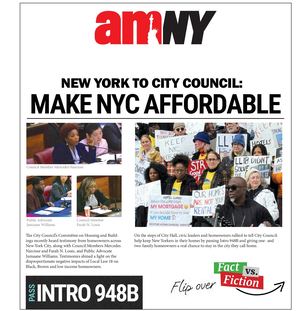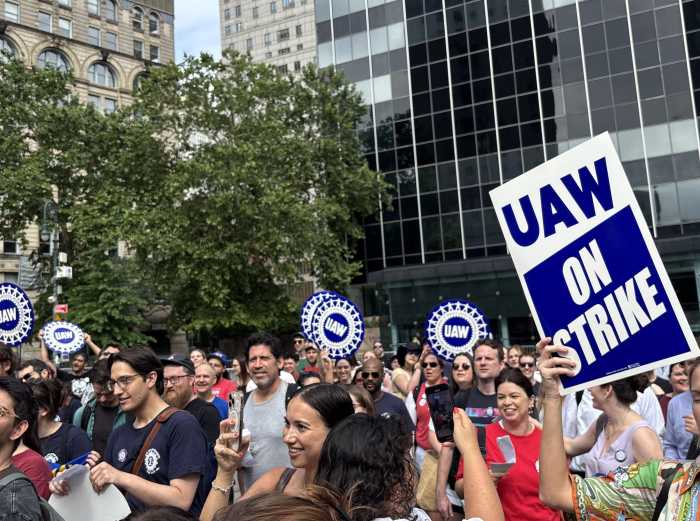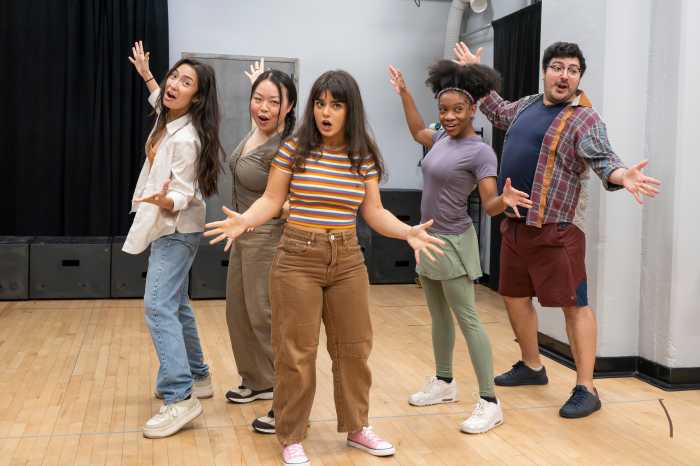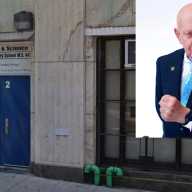amNewYork Metro, in conjunction with the MTA, present “Ask the MTA,” a column where MTA officials answer your questions about transit service in New York City. If you have a question for the MTA about subways, buses, commuter rails and more, email askthemta@amny.com.
Q: What are you doing about the possible LIRR strike? Kaitlyn S., East Meadow, NY
A: A strike would totally wipe out LIRR service, so we encourage people to work from home if possible. But we do have a contingency plan in place for essential workers that involves shuttle buses running every 10 minutes during peak hours (Manhattan-bound from 4:30 a.m. to 9 a.m. and to Long Island from 3 p.m. to 7 p.m.) at three LIRR stations – Bellmore, Hicksville and Ronkonkoma – making subway connections in Queens. Customer ambassadors will be on hand to help riders navigate the changes.
You might also consider using Nassau County’s NICE bus system to connect with the 7 train at Flushing-Main St or to travel to the Jamaica Bus Terminal to catch the F at 169 St. We intend to issue prorated refunds pending Board approval to September monthly ticket holders for any business day when service is suspended by the strike. Check mta.info/lirrstrike for the latest information. – Shanifah Rieara, MTA Chief Customer Officer
Q: I noticed my daughter has a new student OMNY card for this year. Are kids tapping into the system more since the cards can now be used all year long? Adrianna Q., Greenwood Heights
A: You’re right! Last year, the MTA launched the Student OMNY pass, which can be used for four trips a day, seven days a week, all year round. That led to a 54% increase in ridership compared to 2023, when students were still relying on the more restrictive MetroCard. Since the launch, we saw more young New Yorkers overall using their passes (15% more) and more trips per card (32% increase in trips per pass).
It’s still early in the back-to-school season, but we’re already seeing the same signs of high ridership as last year. We are thrilled to see more students incorporating transit in their daily lives, including on weekends and in the summer. – Dheraj Ganjikunta, Commercial Ventures Associate
Q: Is congestion pricing actually working? What does the data say about the impact to traffic and air quality? Viola S., Battery Place
A: Congestion pricing has shown continued success in reducing traffic and cutting down delays, not just in the Congestion Relief Zone but also outside the zone. Vehicle entries to the Central Business District were down 14% in August, tied with June for the largest reduction seen so far in 2025. And since the program began, there has been an average of 74,000 fewer vehicles entering the zone every day, or 18.1 million in total. As for air quality, the increase in pollution some feared would occur in places outside Manhattan has not happened. We’re incredibly proud of these achievements. — Juliette Michaelson, Deputy Chief, MTA Chief of Staff and Strategic Planning






































